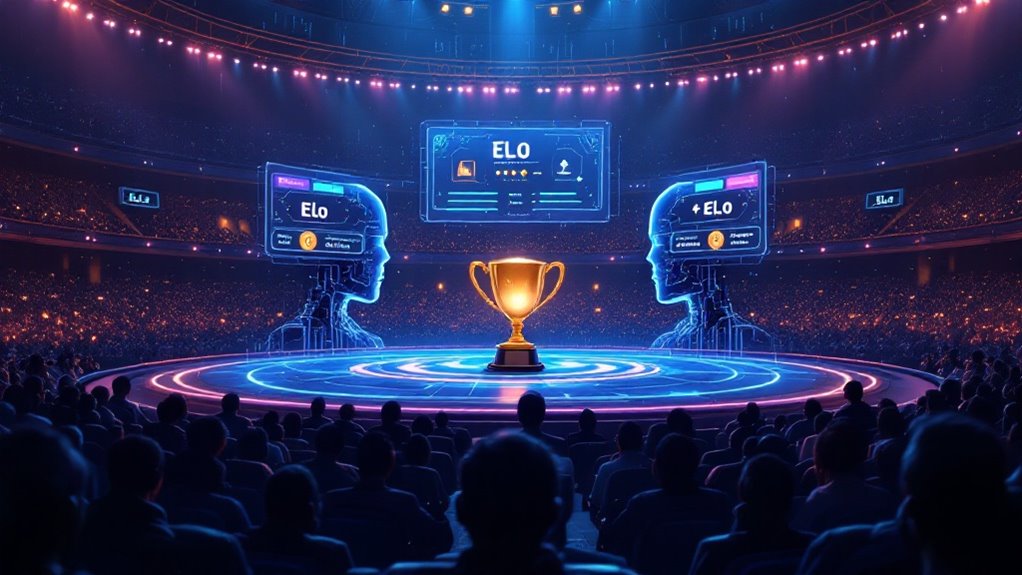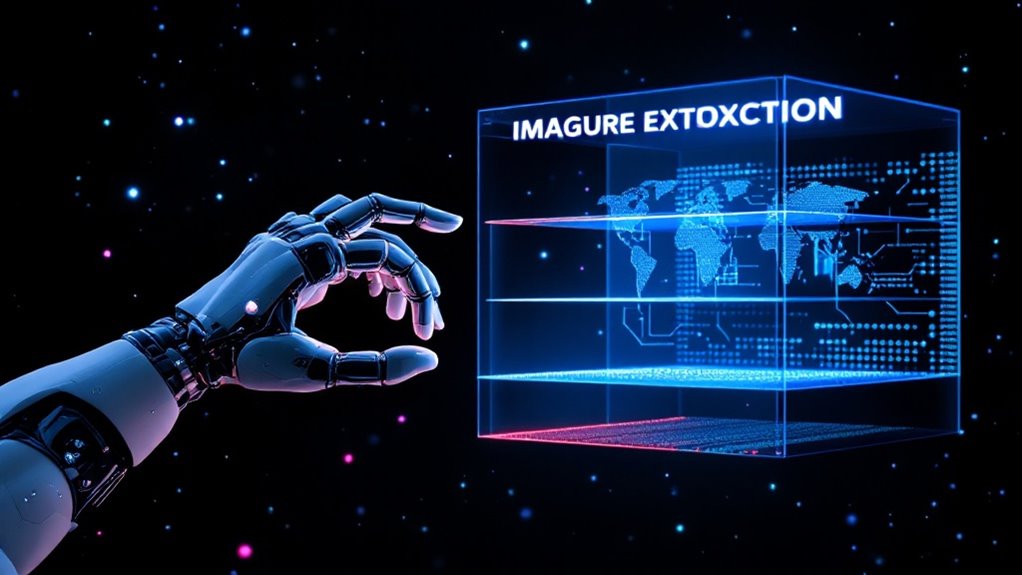Learning AI with Python starts with mastering the basics—variables, loops, and functions. Python’s readable syntax makes it the “automatic transmission” of programming languages for AI beginners. Next, explore essential libraries like Pandas, NumPy, and Scikit-Learn. Take structured online courses (DeepLearning.AI is solid), practice daily with real datasets, and join supportive communities where you can ask “dumb questions” without judgment. Your first models will be flawed—that’s exactly how you’ll grow.
While the AI revolution might seem like a complex labyrinth accessible only to math geniuses and computer science PhDs, the reality is far less intimidating. Python—the programming language equivalent of that friendly neighbor who always has the right tool for the job—has become the de facto starting point for AI newcomers, and with good reason.
Python’s inherently readable syntax means beginners spend less time deciphering cryptic code and more time actually building things. It’s like learning to drive in an automatic instead of a 1970s manual transmission with a finicky clutch. The fundamentals—variables, loops, functions, and data structures—create the foundation upon which all AI knowledge is built.
Learning Python for AI is like trading a stick shift for automatic—less fiddling with mechanics, more actual driving.
The true power of Python in AI comes from its robust ecosystem of libraries. Think of pandas as your data-wrangling sidekick, NumPy as your mathematical calculator on steroids, and Scikit-Learn as that friend who makes complex machine learning algorithms seem weirdly approachable. Mastering these tools accelerates development from “maybe someday” to “I built this last weekend.” Starting with these libraries helps establish the foundational skills necessary for specialized AI paths you might pursue later.
For beginners, structured online courses offer the quickest path to competence. Platforms like DeepLearning.AI and Coursera provide bite-sized video lessons (often under 10 minutes) that won’t leave your brain feeling like it’s been through a blender. The best courses include interactive assignments where you’ll build simple AI applications from scratch—like smart to-do lists that organize themselves or text generators that write terrible poetry. Many courses now incorporate AI chatbot integration to provide instant feedback and personalized guidance throughout your learning journey. With approximately 17 hours of content, these beginner-friendly courses allow you to learn at your own pace without overwhelming time commitments.
Daily coding practice remains the not-so-secret ingredient to fluency. Working with real-world datasets—analyzing text messages or visualizing climate data—transforms abstract concepts into tangible skills.
When inevitable coding disasters strike (and they will), online communities become lifesavers. Forums like the OpenAI Developer Forum provide spaces where beginners can ask those “wait, why doesn’t this work?” questions without judgment.
Let’s face it: everyone’s first AI model is terrible—that’s how learning works. The key is to build, break, debug, and repeat until artificial intelligence starts feeling naturally intuitive.









